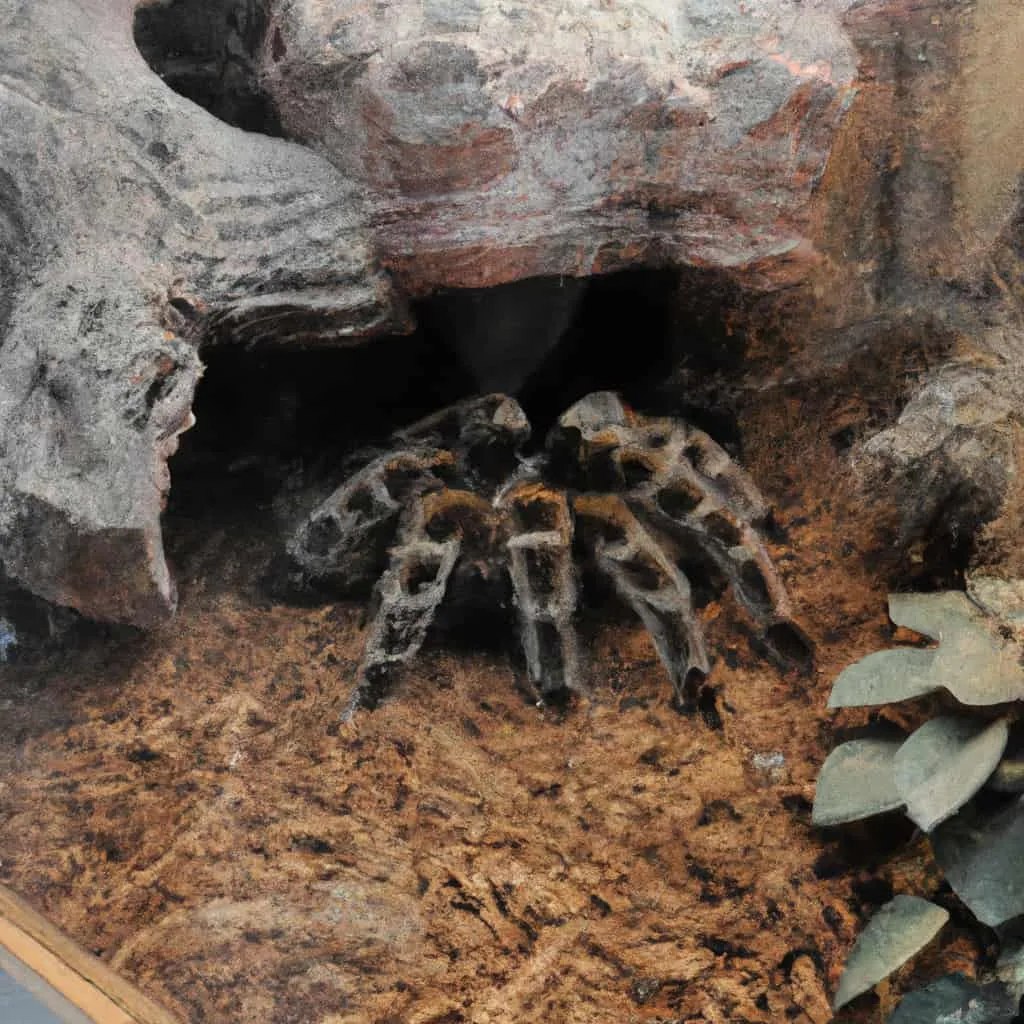Top 5 Tarantula Foods
Owning a tarantula can be a rewarding experience, but it also comes with the responsibility of providing proper care, and a crucial aspect of this is their diet. Tarantulas are opportunistic predators, and their diet in captivity should mimic their natural feeding habits as closely as possible. This involves providing a variety of nutritious food sources that cater to their specific needs at different life stages. This guide will delve into the top 5 foods you can feed your tarantula, ensuring they stay healthy, active, and thrive in their habitat. We’ll explore the benefits, nutritional value, and how to best incorporate these foods into your tarantula’s diet. Choosing the right food is essential for their growth, molting process, and overall well-being, ensuring your eight-legged friend lives a long and fulfilling life.
Crickets The Staple
Crickets are arguably the most common and widely accepted food source for tarantulas. They are readily available at most pet stores and online, making them a convenient and accessible option for tarantula owners. Crickets offer a good source of protein, which is essential for the growth and maintenance of a tarantula’s body. Their chitinous exoskeletons also provide a source of fiber, aiding in digestive health. However, crickets can be a bit high in chitin, so moderation is key. Overfeeding with crickets could potentially lead to issues such as impaction, especially in smaller or juvenile tarantulas. It is therefore essential to regulate the amount of crickets given to your tarantula, considering the spider’s size and age.
Benefits of Crickets
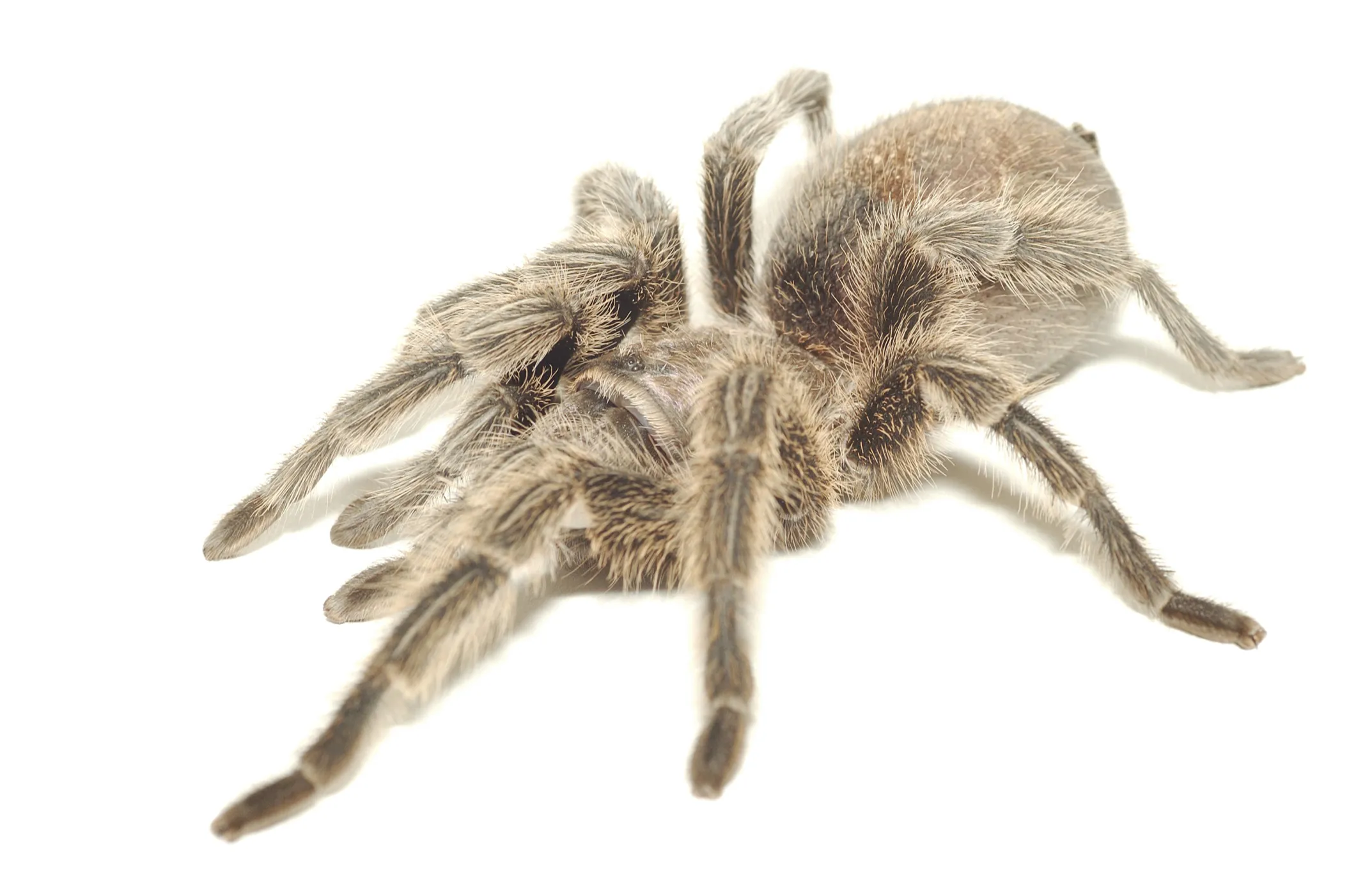
Crickets are packed with protein, essential for the growth and health of your tarantula. They’re easy to find, making them a convenient option for feeding. Crickets also offer a natural hunting experience for your tarantula, stimulating their predatory instincts. They are relatively inexpensive and can be easily stored, especially when kept in a well-ventilated cricket keeper with appropriate food and water. Crickets are generally well-accepted by most tarantula species, providing a balanced meal that supports their overall health. Moreover, crickets can be gut-loaded before feeding, which means you can feed them nutritious food to enhance their nutritional value, making them a superfood for your tarantula.
How to Choose Crickets
When selecting crickets for your tarantula, look for live, active specimens. Avoid any crickets that appear sluggish, injured, or dead, as these could pose health risks. Choose the appropriate size crickets for your tarantula; the general rule is to provide prey items that are no larger than the tarantula’s abdomen. Before feeding, gut-load the crickets with nutritious foods like fruits, vegetables, and commercial cricket feed. This increases their nutritional value, passing these benefits to your tarantula. Keep the crickets in a well-ventilated container with food and water to ensure they stay healthy before feeding. By following these guidelines, you can ensure that your tarantula receives the best possible nutrition from its cricket diet.
Roaches A Nutritional Powerhouse
Roaches, particularly Dubia roaches and discoid roaches, are considered by many to be a superior food source for tarantulas compared to crickets. Roaches offer a higher protein content and a better calcium-to-phosphorus ratio, which is beneficial for the tarantula’s exoskeleton. They are also less prone to escaping and are generally hardier than crickets, making them easier to manage. However, roaches are not always readily available in all areas, and they can be a bit more expensive than crickets. They also have a slower reproduction rate, but they are a nutritionally dense food that is beneficial for your tarantula’s diet. The increased nutritional value of roaches can lead to better growth and overall health for your pet tarantula.
Nutritional Value of Roaches
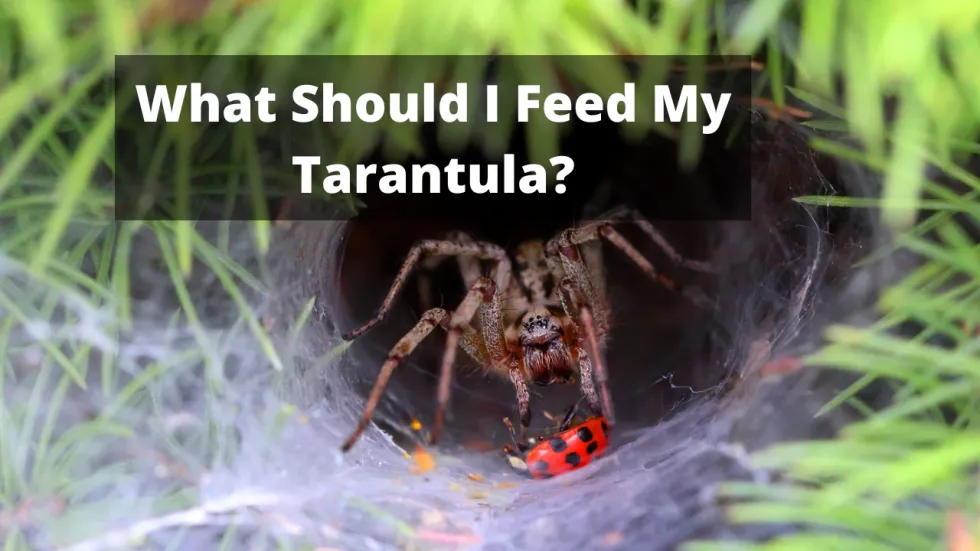
Roaches boast a higher protein content compared to crickets, which supports muscle development and overall growth in tarantulas. They have a favorable calcium-to-phosphorus ratio, crucial for healthy exoskeleton formation. Roaches are also rich in essential amino acids, providing the building blocks for various bodily functions. The consistent nutritional profile of roaches ensures a well-balanced diet, promoting better health and longevity for your tarantula. Their hardiness and low escape risk make roaches a practical and effective food choice, offering both convenience and superior nutritional benefits. Including roaches in your tarantula’s diet can significantly improve its overall health and vitality.
Types of Roaches For Tarantulas
Dubia roaches are a popular choice due to their high protein content and ease of care; they do not climb smooth surfaces, which makes them easier to contain. Discoid roaches are another excellent option, offering similar nutritional benefits and are also flightless, simplifying their management. Madagascar hissing cockroaches can also be fed but may not be suitable for smaller tarantula species. When choosing roaches, consider their size relative to your tarantula and ensure they are raised in a clean environment to minimize the risk of parasites or diseases. Always source your roaches from a reputable breeder or supplier to guarantee their health and quality. Providing these different types of roaches in your tarantula’s diet can increase variety and ensure a balanced intake of nutrients.
Mealworms A Convenient Option
Mealworms are a readily available and convenient food source for tarantulas, particularly for smaller spiderlings or those species that prefer burrowing. They are easy to store and maintain, making them a good option for those new to tarantula keeping. Mealworms are the larval stage of the darkling beetle and offer a decent amount of protein. However, they have a higher fat content compared to crickets and roaches, so they should be fed in moderation, especially to adult tarantulas. Overfeeding with mealworms can lead to excessive weight gain. This can potentially cause health issues. It’s best to use them as a supplemental food source or a treat, rather than the primary diet.
Pros and Cons of Mealworms
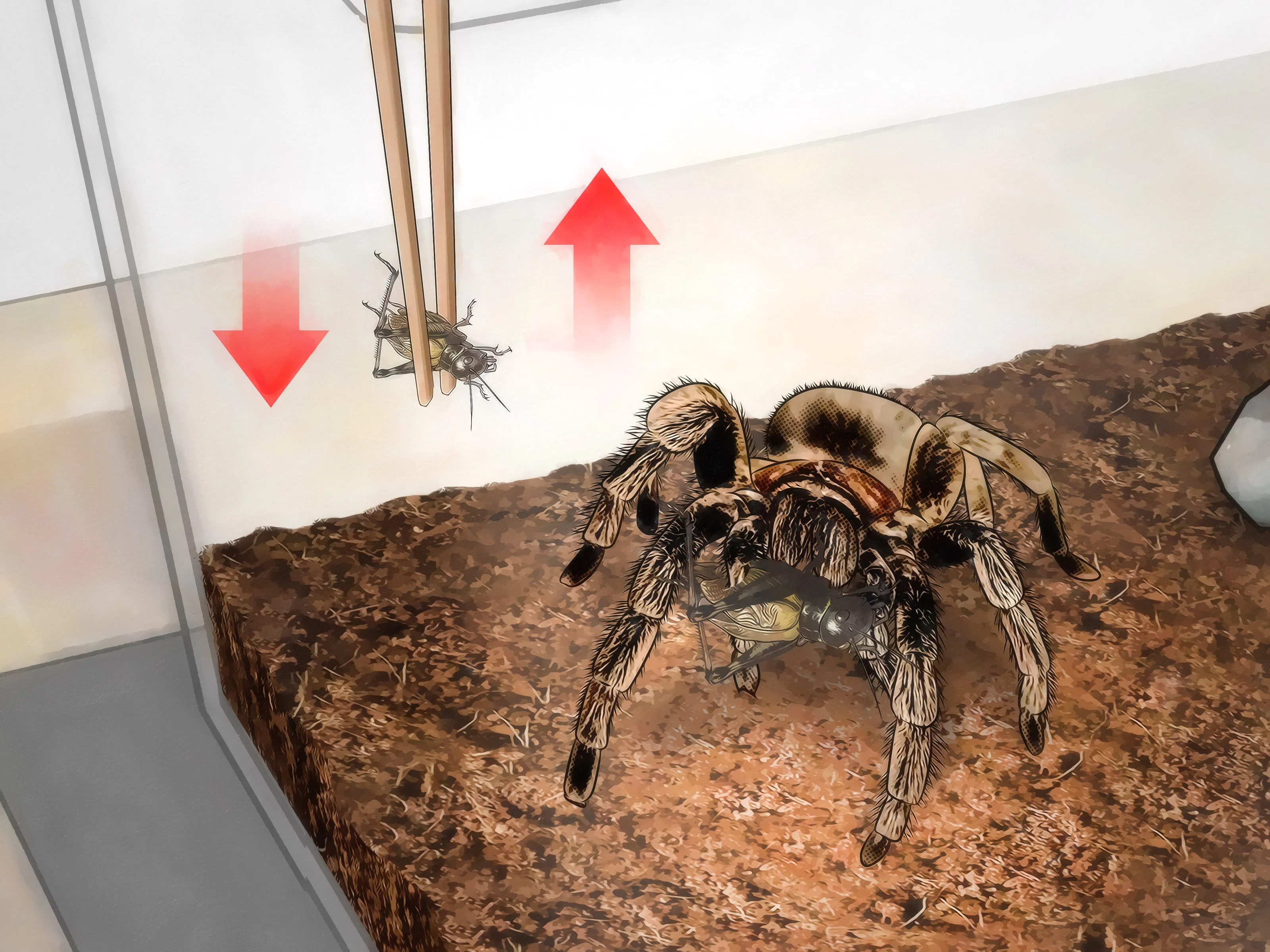
Mealworms are readily accessible, making them an easy option to acquire and store, reducing the effort of sourcing food. They are relatively inexpensive compared to some other feeders, making them a budget-friendly choice. However, mealworms have a high-fat content, which, if overfed, can lead to obesity. They have a lower protein content compared to other options, making them less nutritionally balanced. Mealworms can also be difficult for smaller tarantulas to capture, and they may burrow in the substrate, causing frustration for the spider. Considering these factors is crucial when incorporating mealworms into your tarantula’s diet to ensure a balanced and healthy feeding regime. They are best used as a supplemental treat rather than the primary food source.
Feeding Mealworms to Your Tarantula
When feeding mealworms, it’s important to offer an appropriate size for your tarantula. The mealworm should be no larger than the tarantula’s abdomen. Remove any uneaten mealworms after 24 hours, as they may burrow and hide, or potentially harm the tarantula during a molt. Gut-load the mealworms with nutritious food like vegetables and grains before feeding to increase their nutritional value, benefiting your tarantula. Monitor your tarantula’s body condition, and adjust the frequency of mealworm feedings accordingly. This ensures the spider receives the correct amount of fat and nutrients to avoid overfeeding and promote overall health. Always prioritize other feeder insects with a better nutritional profile as a staple diet, and use mealworms as an occasional treat.
Superworms A Treat
Superworms, the larvae of the Zophobas morio beetle, are a larger, more substantial food item compared to mealworms. They are high in protein, but also have a high-fat content, so they should be offered sparingly, primarily as a treat. Superworms can be a good option for larger tarantulas, but always ensure the superworm is smaller than the tarantula’s abdomen. They are known for their active nature, which can provide an enriching hunting experience for your tarantula. However, they can also bite, so it’s essential to monitor your tarantula during and after feeding. Superworms can also be challenging for smaller or more delicate tarantulas to capture and eat, making them more suitable for larger, more robust species.
Nutritional Content of Superworms
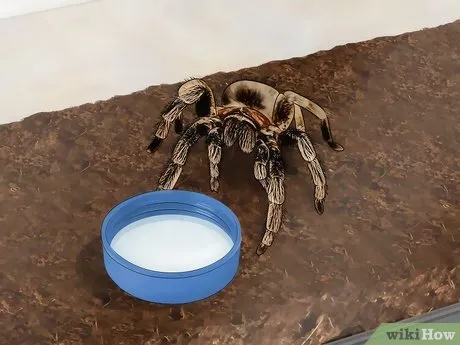
Superworms are high in protein, offering a good source of building blocks for your tarantula. They contain a significant amount of fat, which should be balanced with other food sources. They also provide some essential nutrients, but they lack a favorable calcium-to-phosphorus ratio. Gut-loading superworms before feeding can help improve their nutritional profile, but they should still be offered in moderation. Their overall nutritional content makes them a better choice as a treat. Offering superworms as an occasional meal, providing a source of energy and variety to your tarantula’s diet, contributes to their well-being and helps maintain their predatory instincts.
Feeding Superworms
When feeding superworms, ensure they are an appropriate size for your tarantula, and always supervise the feeding process. Remove any uneaten superworms after 24 hours to prevent them from burrowing or potentially harming the tarantula during its molt. Gut-load the superworms with nutritious foods like fruits, vegetables, and commercial feeds to enhance their nutritional value. Because of their high-fat content, offer superworms as an occasional treat rather than a staple food. By following these guidelines, you can ensure that your tarantula can benefit from the variety superworms bring to the diet.
Waxworms A Fatty Delight
Waxworms are the larvae of wax moths and are incredibly high in fat, making them a treat rather than a staple food. They are often very palatable to tarantulas and can stimulate their appetite. Waxworms should be offered sparingly and are best given to tarantulas that are underweight or in need of a boost in energy, such as after a molt. Regular feeding of waxworms is not recommended due to the high-fat content. This can lead to obesity and health problems for your tarantula. The enjoyment of eating waxworms can be counterproductive for their overall health.
When to Feed Waxworms
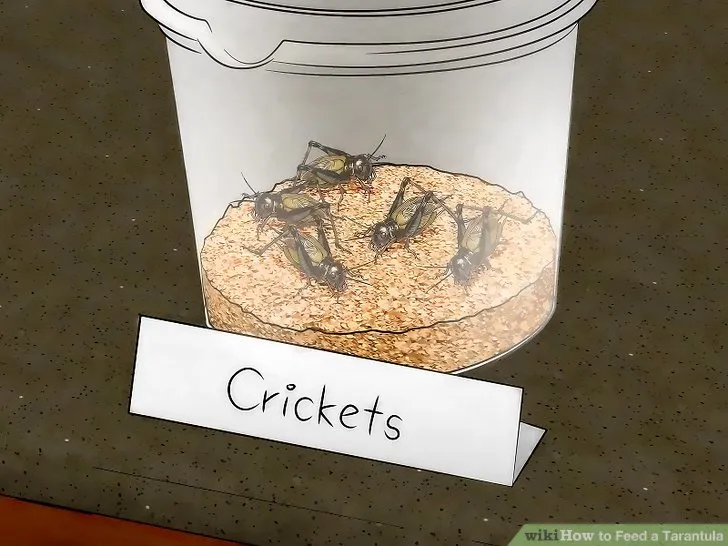
Waxworms are best offered to tarantulas sparingly, and only as a treat. They can be beneficial for underweight tarantulas or those recovering from a molt, as they provide a concentrated source of energy. They may be used to stimulate appetite in picky eaters, but should not be a regular part of their diet. Avoid offering waxworms to already well-fed or overweight tarantulas. Monitor your tarantula’s body condition and adjust waxworm feedings accordingly, ensuring they contribute to the spider’s health. Remember that waxworms should be a rare treat, rather than a regular meal, to prevent any health issues.
Waxworm Nutritional Considerations
Waxworms are extremely high in fat and have a low protein content compared to other feeder insects. This imbalance makes them a poor choice for a regular diet. They have an unfavorable calcium-to-phosphorus ratio, which can lead to health problems if fed excessively. Their high-fat content can easily lead to obesity, which may shorten your tarantula’s lifespan. Gut-loading waxworms does little to improve their nutritional profile, and so, they should be avoided if possible. Due to these nutritional drawbacks, waxworms should be reserved for occasional use only.
Final Thoughts on Tarantula Diets
Creating a well-rounded diet for your tarantula involves a combination of different food sources. Crickets and roaches should be the core of the diet, offering a good balance of nutrients. Mealworms and superworms can be occasional additions, providing variety and supplemental protein. Waxworms should be a very rare treat. Always prioritize the nutritional value and the health of your tarantula when selecting food items. Monitor your tarantula’s eating habits and body condition, and adjust the diet as needed to ensure they are healthy. By providing a varied and balanced diet, you can ensure your tarantula lives a long, happy, and healthy life. Remember that each tarantula species may have slight dietary preferences, so research your specific species for best results.
